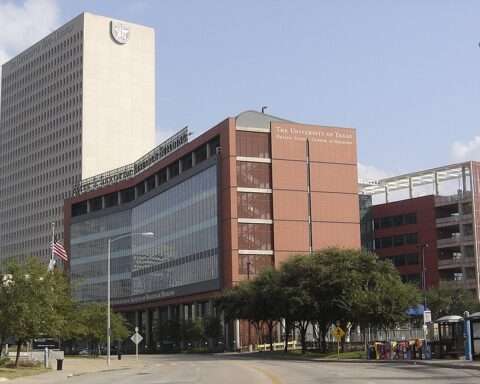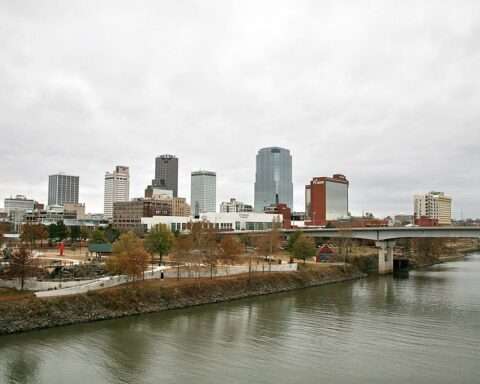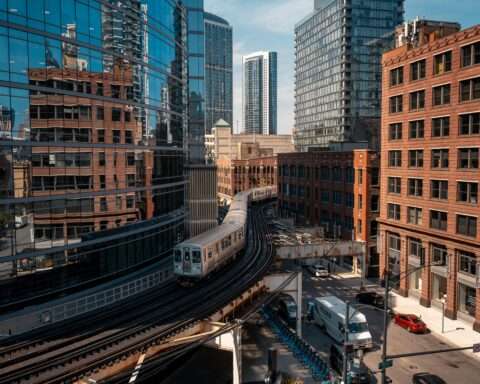The Port Authority of New York and New Jersey have unveiled new plans to replace the aging Midtown Bus Terminal with a state-of-the-art $10 billion facility.
The revised plans include a 2.1 million-square-foot main terminal, a separate storage and staging building and new ramps leading directly into and out of the Lincoln Tunnel. As part of the revision, 41st Street between Eighth Avenue and Ninth Avenue will be permanently closed, a central main entrance will be constructed, and more street-level retail and a multistory indoor atrium will be built.
The new facility is expected to improve the functionality and aesthetics of the world’s busiest bus terminal.
“Millions of New Yorkers rely on the Midtown Bus Terminal every year, and this plan reflects a bold vision to make this facility a world-class transit hub,” New York Gov. Kathy Hochul said in a statement. “Today we are advancing the revised project plan, which will create a more spacious and welcoming environment for passengers throughout the terminal.”
The revised plans were published in the Federal Transit Administration’s (FTA) draft environmental impact statement, which is required under the National Environmental Policy Act. The FTA will publish a final statement once a 45-day public comment period and public hearings are complete.
The midtown bus terminal will be constructed in phases, with a temporary terminal and new ramps completed in 2028 and the new main terminal completed in 2032.
Other improvements include additional capacity that will allow intercity buses to pick up and drop off passengers inside the bus terminal instead of nearby city streets. The Port Authority will also create 3.5 acres of publicly accessible green spaces on agency-owned property. The terminal’s new concessions and retail offerings will be accessible from the community’s streets and from inside the bus terminal.
To pay for some of the new terminal’s additional features, the Port Authority is in discussions with the city of New York to use a financing vehicle that’s also being used for the commercial development above the terminal. This method of financing used by the Port Authority is called payments in lieu of taxes or PILOTs, which compensates governments for some or all the property tax revenue lost through tax-exempt ownership and use of real property. PILOTs were used to finance the construction of Penn Station’s new Moynihan Train Hall.
The Port Authority is also applying for a federal Transportation Infrastructure Finance and Innovation Act (TIFIA) loan to support the project.
The terminal will be designed to be net-zero, serve all-electric bus fleets and incorporate a new sensor-based traffic-management system for quicker, smoother bus movement into and out of the terminal. The facility will also have a remote engine-monitoring system to reduce breakdowns in express bus lanes.
The terminal will have environmentally resilient features that include LEED certification, clean construction onsite renewable energy, zoned heating and cooling systems and heat recovery and reuse technology.
“STA commends the Port Authority in reaching this monumental next phase in the project to replace the Midtown Bus Terminal,” said Felice Farber, executive director of the Subcontractors Trade Association (STA). “This project will be transformational for the hundreds of thousands of daily riders by improving pedestrian access and safety, increasing connectivity and walkability in the central business district, improving air quality, and reducing bus congestion in the neighboring streets.”
All news and information on this site is provided by the team at Strategic Partnerships, Inc. Check out this short 1-minute video that provides a quick overview of how we work with clients.












